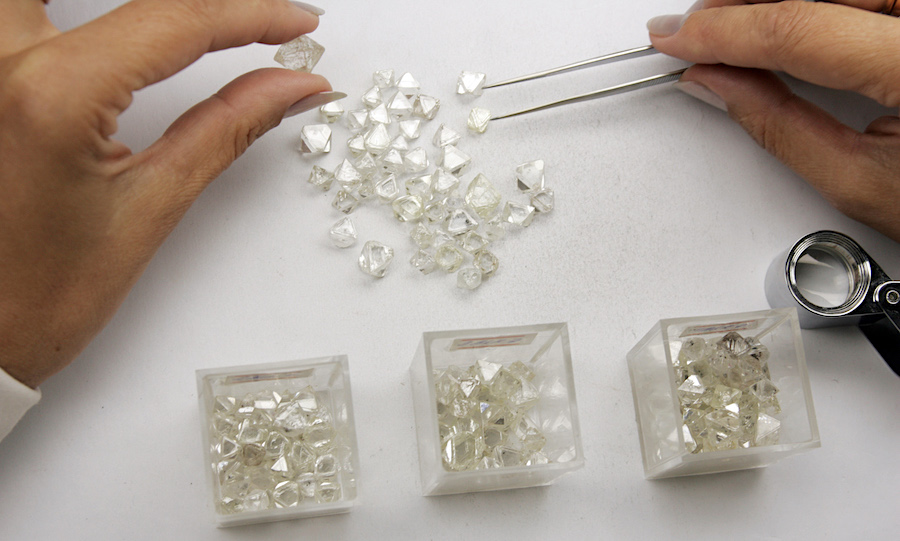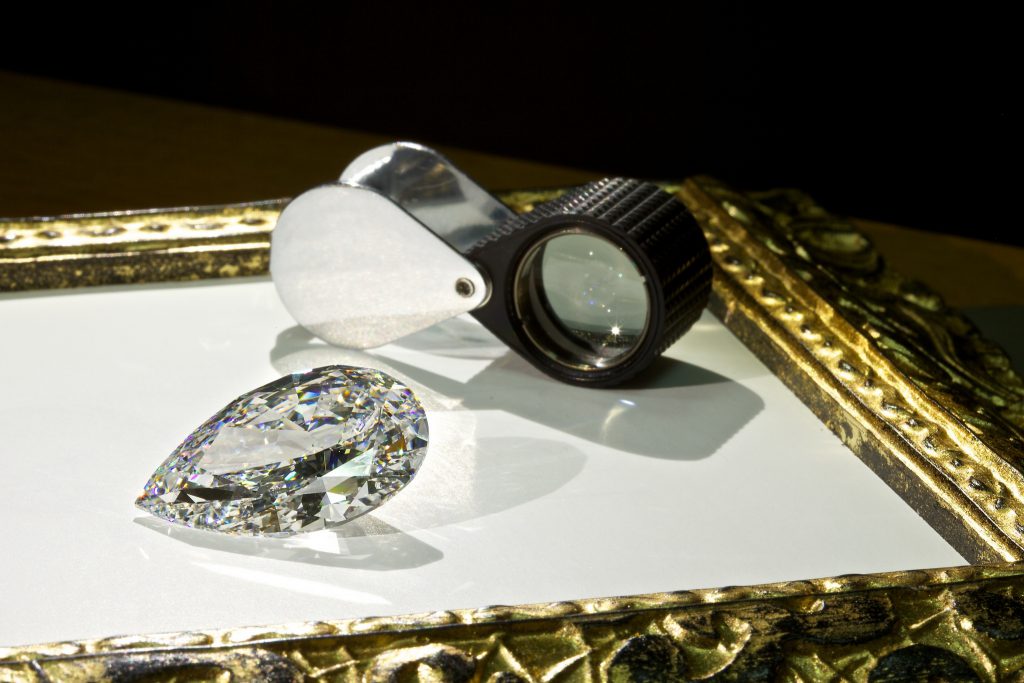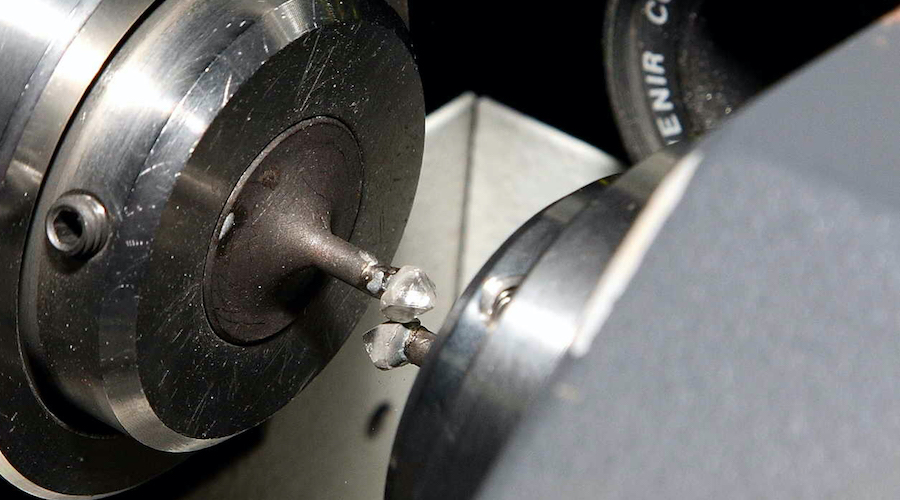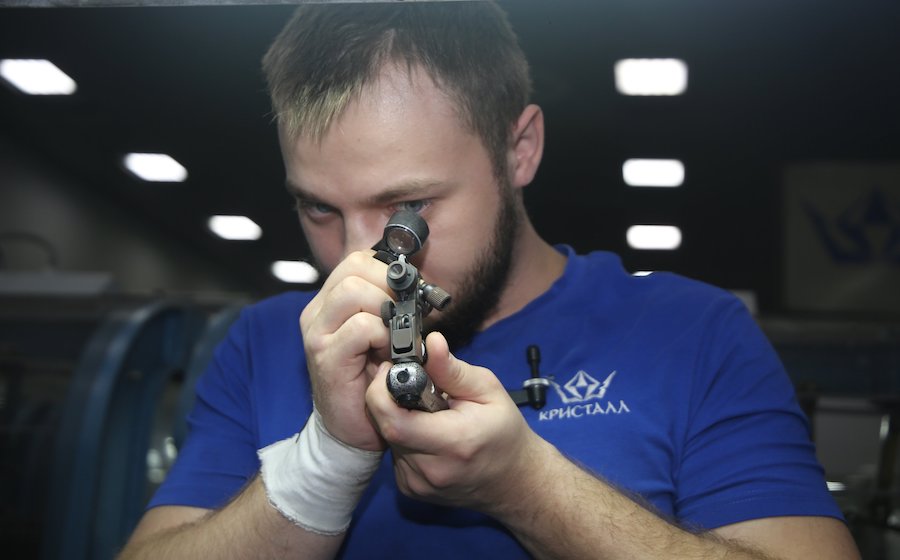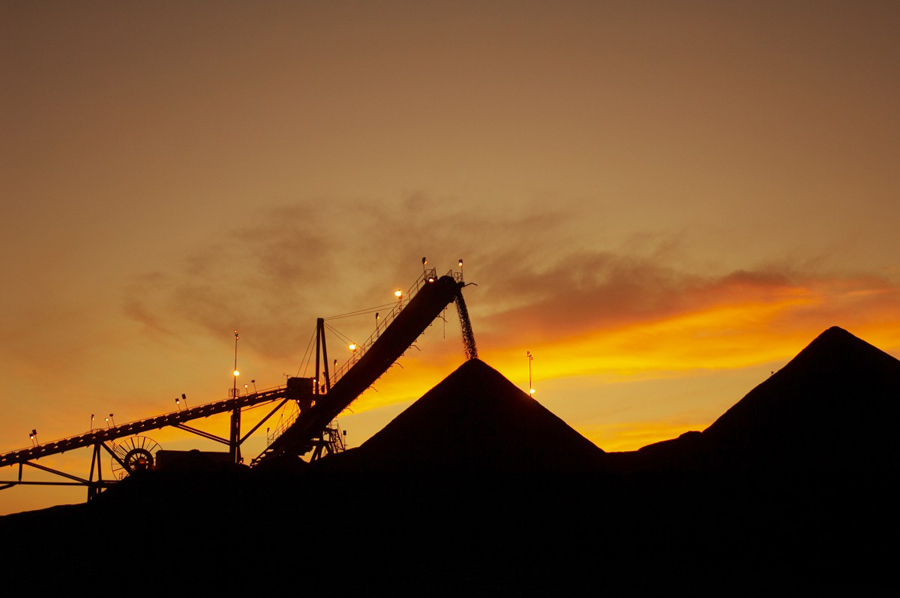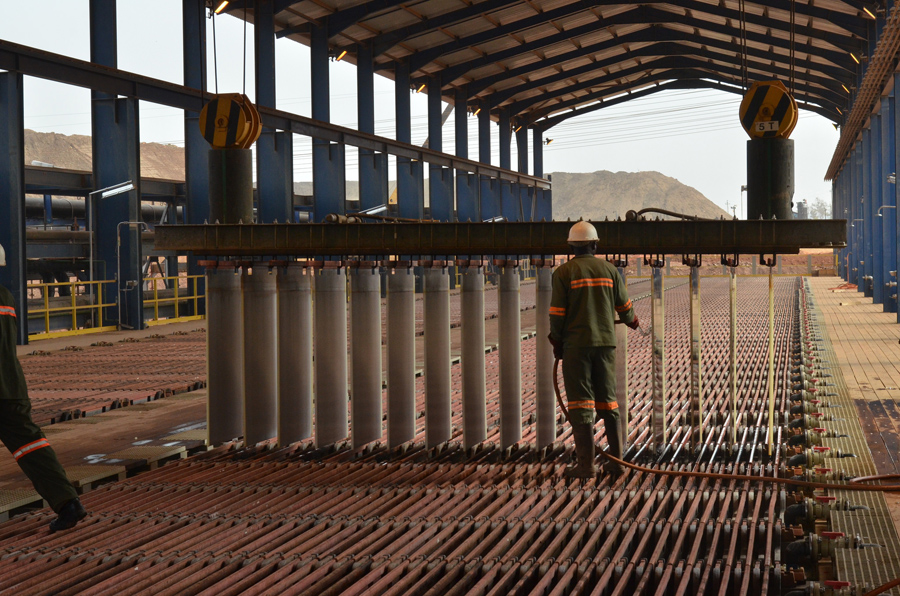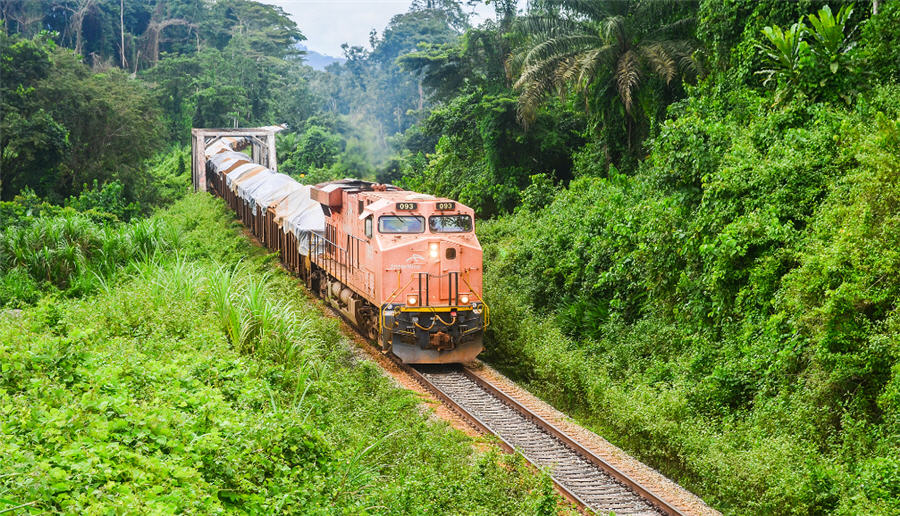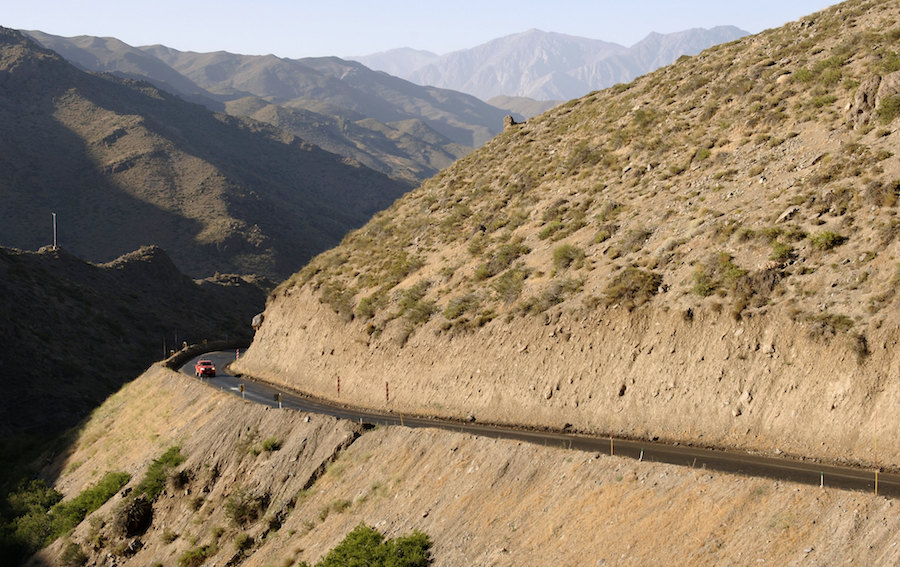
Since the dawn of humanity, we have looked questioningly to the heavens with great interest and awe. We’ve called on the stars to guide us, and have made some of humanity’s most interesting discoveries based on those observations. This also led us to question our existence and how we came to be in this moment in time.
That journey began some 14 billion years ago, when the Big Bang led to the universe emerging from a hot, dense sea of matter and energy. As the cosmos expanded and cooled, they spawned galaxies, stars, planets, and eventually, life.
In the above visualization, Pablo Carlos Buddassi illustrates this journey of epic proportions in the intricately designed Nature Timespiral, depicting the various eras that the Earth has gone through since the inception of the universe itself.
Evolutionary Timeline of the World
Not much is known about what came before the Big Bang, but we do know that it launched a sequence of events that gave rise to the universal laws of physics and the chemical elements that make up matter. How the Earth came about, and life subsequently followed, is a wondrous story of time and change.
Let’s look at what transpired after the Big Bang to trace our journey through the cosmos.
The Big Bang and Hadean Eon
The Big Bang formed the entire universe that we know, including the elements, forces, stars, and planets. Hydrogen and massive dissipation of heat dominated the initial stages of the universe.
During a time span known as the Hadean eon, our Solar System formed within a large cloud of gas and dust. The Sun’s gravitational pull brought together spatial particles to create the Earth and other planets, but they would take a long time to reach their modern forms.
Sometime during the first 800 million years of its history, the surface of the Earth changed from liquid to solid.
Archean Eon (4 – 2.5 billion years ago)
After its initial formation, the surface of the Earth was extremely hot. This subsequent eon saw the planet cool down massively, giving rise to oceans and continents, and the first recorded history of rocks.
It was early in the Archean eon that life first appeared on Earth. Our oldest discovered fossils date to roughly 3.5 billion years ago and consist of tiny, preserved microorganisms.
Paleoproterozoic Era (2.5 – 1.6 billion years ago)
The first era of the Proterozoic Eon, the Paleoproterozoic, was the longest in Earth’s geological history. Tectonic plates arose and landmasses shifted across the globe—it was the beginning of the formation of the Earth we know today.
Cyanobacteria, the first organisms using photosynthesis, also appeared during this period. Their photosynthetic activity brought about a rapid upsurge in atmospheric oxygen, resulting in the Great Oxidation Event. This killed off many primordial anaerobic bacterial groups but paved the way for multicellular life to grow and flourish.
Mesoproterozoic Era (1.6 – 1 billion years ago)
The Mesoproterozoic occurred during what is known as the “boring billion” stage of Earth’s history. That is due to a lack of widespread geochemical activity and the relative stability of the ocean carbon reservoirs.
But this era did see the break-up of the supercontinents and the formation of new continents. This period also saw the first noted case of sexual reproduction among organisms and the probable appearance of multicellular organisms and green plants.
Neoproterozoic Era (1 billion – 542.0 million years ago)
The Neoproterozoic was arguably the most profound in Earth’s history. It stands at the intersection of the two great tracts of evolutionary time: on the one side, some three billion years of predominantly microbial life, and on the other the inception of a modern biosphere with its extraordinarily diverse large multicellular organisms.
At the same time, Earth also experienced severe glaciations known as the Cryogenian Period and its first ice age, also known as Snowball Earth.
The era saw the formation of the ozone layer and the earliest evidence of multicellular life, including the emergence of the first hard-shelled animals, such as trilobites and archaeocyathids.
Paleozoic Era (541 million – 252 million years ago)
The Paleozoic is best known for ushering in an explosion of life on Earth, with two of the most critical events in the history of animal life. At its beginning, multicellular animals underwent a dramatic Cambrian explosion in aquatic diversity, and almost all living animals appeared within a few millions of years.
At the other end of the Paleozoic, the largest mass extinction in history resulted in 96% of marine life and 70% of terrestrial life dying out. Halfway between these events, animals, fungi, and plants colonized the land, and the insects took to the air.
The Mesozoic was the Age of Reptiles. Dinosaurs, crocodiles, and pterosaurs ruled the land and air. This era can be subdivided into three periods of time:
Triassic (252 to 201.3 million years ago)Jurassic (201.3 to 145 million years ago)Cretaceous (145 to 66 million years ago)
The rise of the dinosaurs began at the end of the Triassic Period. A fossil of one of the earliest-known dinosaurs, a two-legged omnivore roughly three feet long-named Eoraptor, is dated all the way back to this time.
Scientists believe the Eoraptor (and a few other early dinosaurs still being discovered today) evolved into the many species of well-known dinosaurs that would dominate the planet during the Jurassic period. They would continue to flourish well into the Cretaceous period, when it is widely accepted that the Chicxulub impactor, the plummeting asteroid that crashed into Earth off the coast of Mexico, brought the reign of the dinosaurs to an abrupt and calamitous end.
Cenozoic Era (66 million – Present Day)
After the end of the Age of Dinosaurs, this era saw massive adaptations by natural flora and fauna to survive. The plants and animals that formed during this era look most like those on Earth today.
The earliest forms of modern mammals, amphibians, birds, and reptiles can be traced back to the Cenozoic. Human history is entirely contained within this period, as apes developed through evolutionary pressure and gave rise to the present-day human being or Homo sapiens.
Compared to the evolutionary timeline of the world, human history has risen quite rapidly and dramatically. Going from our first stone tools and the Age of the Kings to concrete jungles with modern technology may seem like a long journey, but compared to everything that came before it, is but a brief blink of an eye
Click to view a larger version of the graphic. For a full-size option or to inquire about posters, please visit Pablo Carlos Budassi’s website.

Published April 22, 2022
By Pablo Carlos Budassi




